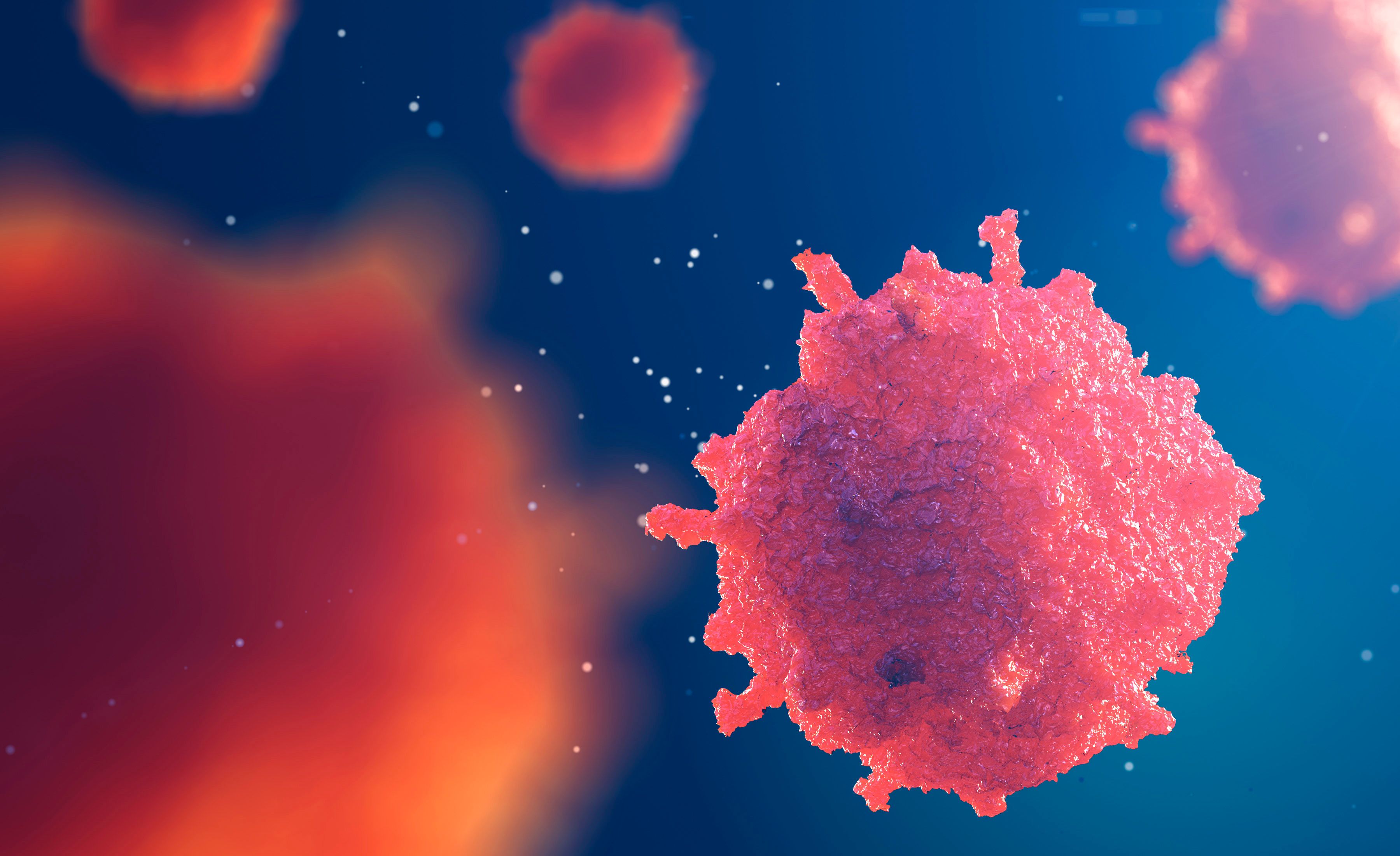New Mass Spectrometry Tool to Quantify Cell Heterogeneity and Subpopulations in Cancer
Researchers combine a single-probe single cell mass spectrometry technique with a bioinformatics software package to quantify cell subpopulations and prioritize metabolite biomarkers, providing a label-free approach to studying cell heterogeneity and improving understanding of cell metabolism in human diseases and response to therapy.
A team of researchers from the Moffitt Cancer Center in Tampa, Florida, and the University of Oklahoma in Norman, Oklahoma, have developed a new method to quantify cell heterogeneity and subpopulations using single-cell metabolomics. In a recent paper published in Analytical Chemistry, the team combined the Single-probe single cell MS (SCMS) experimental technique with a bioinformatics software package, SinCHet-MS (Single Cell Heterogeneity for Mass Spectrometry), to characterize changes in tumor heterogeneity, quantify cell subpopulations, and prioritize the metabolite biomarkers of each subpopulation (1).
3d illustration of cell under microscope | Image Credit: ©artegorov3@gmail - stock.adobe.com

SCMS is a mass spectrometry technique used for analyzing the metabolites in single cells. It involves a single-cell isolation step, followed by micro-extraction and MS analysis using a miniaturized probe. The SCMS approach allows for a high level of sensitivity and specificity, which is particularly useful for studying rare or heterogenous cell populations. It can be combined with bioinformatics tools for quantitative analysis of cell subpopulations and identification of metabolite biomarkers.
As proof-of-principle studies, two melanoma cancer cell lines were used as models. The researchers found that after the treatment of the anticancer drug vemurafenib, a new subpopulation emerged in one of the cell lines, while the proportion of the existing subpopulations was changed in the other cell line. Additionally, metabolites for each subpopulation were identified and prioritized for further investigation. The label-free approach can be applied to quantitatively study cell heterogeneity, prioritize markers for further investigation, and improve the understanding of cell metabolism in human diseases and response to therapy.
The new method addresses a significant challenge in the field of metabolomics, which is the lack of applicable experimental platforms, suitable algorithms, software, and quantitative analyses of cell heterogeneity and subpopulations. The researchers believe that the new approach will provide a better understanding of cell metabolism and its role in human diseases, particularly cancer, and improve the development of new therapies.
The study demonstrates the potential of combining the SCMS experimental technique with a bioinformatics tool to study cell heterogeneity, which is a critical factor in tumor growth, metastasis, and response to therapy. The new method provides a more accurate and comprehensive approach to characterizing cell subpopulations and identifying metabolite biomarkers, which can lead to the development of new diagnostic and therapeutic strategies for cancer patients.
Overall, the development of the SinCHet-MS method represents a significant step forward in the field of metabolomics and provides a valuable tool for researchers studying cell heterogeneity and subpopulations in cancer and other diseases.
Reference
(1) Liu, R.; Li, J.; Lan, Y.; Nguyen, T. D.; Chen, Y. A.; Yang, Z. Quantifying Cell Heterogeneity and Subpopulations Using Single Cell Metabolomics. Anal. Chem. 2023. DOI: https://doi.org/10.1021/acs.analchem.2c05245
Next Generation Peak Fitting for Separations
December 11th 2024Separation scientists frequently encounter critical pairs that are difficult to separate in a complex mixture. To save time and expensive solvents, an effective alternative to conventional screening protocols or mathematical peak width reduction is called iterative curve fitting.
USP CEO Discusses Quality and Partnership in Pharma
December 11th 2024Ronald Piervincenzi, chief executive officer of the United States Pharmacoepia, focused on how collaboration and component quality can improve worldwide pharmaceutical production standards during a lecture at the Eastern Analytical Symposium (EAS) last month.
Investigating the Influence of Packaging on the Volatile Profile of Oats
December 10th 2024In the testing of six different oat brands, headspace sorptive extraction and comprehensive two-dimensional gas chromatography time-of-flight mass spectrometry (GC×GC–TOF-MS) reveal how various packaging types can affect and alter the oats’ volatile profile, underscoring the potential impact of packaging on food quality.